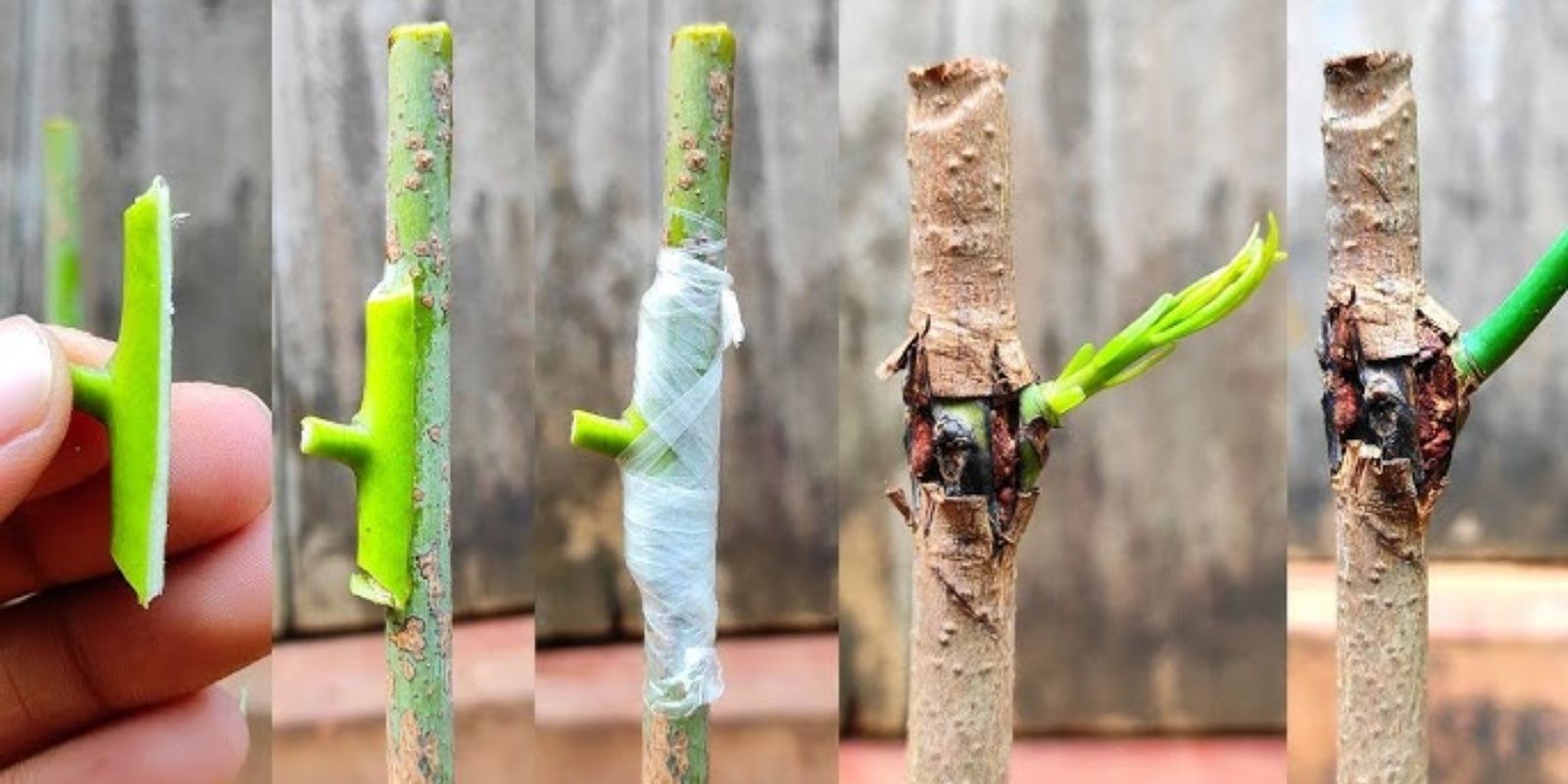Introduction
Mango trees are beloved for their sweet, juicy fruit and are often a centerpiece in home gardens. While growing a mango tree from seed is a rewarding experience, it can take years to bear fruit, and the quality of the fruit may not be consistent. That’s where bud grafting comes in! This horticultural technique allows you to grow specific mango varieties with desirable traits while significantly speeding up fruit production. Ready to master mango tree bud grafting? Let’s dive into the details!
What is Bud Grafting?
Bud grafting, also known as T-budding, is a type of vegetative propagation where a single bud from a desired variety (the scion) is grafted onto the rootstock of another tree. This method ensures that the new plant will have the same characteristics as the scion, such as fruit quality, disease resistance, and growth habits.
Why Bud Graft Mango Trees?
- Faster Fruiting: Bud grafted mango trees can bear fruit in as little as 2-3 years, compared to the 5-8 years it takes for seed-grown trees.
- Consistency: The fruit produced will have the same quality, flavor, and size as the parent tree.
- Disease Resistance: Rootstocks can be chosen for their resistance to pests and diseases, providing a strong foundation for the scion.
- Space Efficiency: Bud grafting allows you to grow multiple mango varieties on a single tree, perfect for small gardens.
Steps for Bud Grafting a Mango Tree
Follow these steps to successfully bud graft your mango tree:
1. Choose Healthy Stock and Scion
- Select a vigorous, healthy rootstock that is free of pests and diseases.
- Identify a mature mango tree with desirable traits to source your scion. Look for healthy buds on its branches.
2. Prepare the Rootstock
- Make a T-shaped incision on the rootstock’s bark, about 6-8 inches above the soil level. Use a clean, sharp grafting knife to ensure a precise cut.
- Carefully peel back the bark flaps on the T-incision to expose the cambium layer underneath. This is where the scion will be placed.
3. Prepare the Bud (Scion)
- Using your grafting knife, cut a single, plump bud from the donor branch. Ensure the cut includes a small shield of wood and bark attached to the bud.
- Trim the scion to fit neatly into the T-incision on the rootstock.
4. Insert the Bud
- Place the prepared bud into the T-shaped incision on the rootstock. Ensure the cambium layers of the scion and rootstock align perfectly, as this is critical for successful grafting.
5. Secure the Graft
- Wrap the graft tightly with grafting tape or plastic wrap to hold the scion in place. Leave the bud itself exposed to encourage growth.
- Avoid wrapping too tightly, as this can damage the cambium layers and hinder the grafting process.
6. Aftercare
- Water the rootstock regularly to keep the graft area moist but not waterlogged.
- Protect the graft from direct sunlight by shading it with a cloth or paper bag.
- Monitor the graft for signs of growth, such as bud swelling or new leaves, within 2-3 weeks.
- Once the graft takes and begins to grow, remove the tape carefully to prevent girdling the tree.
Common Mistakes to Avoid
- Improper Alignment: Ensure the cambium layers of the scion and rootstock align perfectly; misalignment can lead to graft failure.
- Unclean Tools: Always sterilize your grafting knife to prevent the spread of diseases.
- Overtight Wrapping: Avoid wrapping the graft too tightly, as it can damage the cambium and restrict growth.
- Neglecting Aftercare: Protect the graft from harsh sunlight and ensure consistent moisture for successful grafting.
Benefits of Bud Grafting Over Other Propagation Methods
- Efficiency: Bud grafting requires fewer materials and is quicker than other methods like approach grafting.
- Higher Success Rate: When done correctly, bud grafting has a high success rate compared to seed propagation.
- Versatility: Allows you to graft multiple varieties onto a single tree, creating a “fruit cocktail” tree.
Troubleshooting Grafting Issues
- Graft Not Taking: This may be due to poor alignment, dried-out scion, or rootstock incompatibility.
- Infections: Use sterilized tools and wrap the graft securely to prevent fungal or bacterial infections.
- Slow Growth: Ensure the graft is shaded and receives adequate water to encourage faster growth.
Motivation
Bud grafting is an incredibly rewarding skill that allows you to create your dream mango tree at home. Imagine enjoying fresh, juicy mangoes from your grafted tree in just a few years! Why not give it a try today and share your success story with fellow gardeners?
Viral Gardening Hashtags
#MangoTreeMagic #GardeningGoals #BudGrafting #GrowYourOwnFruit #MangoLovers #HomeGardening #PropagationTips #FruitfulGardens #DIYGardening #GreenThumb

